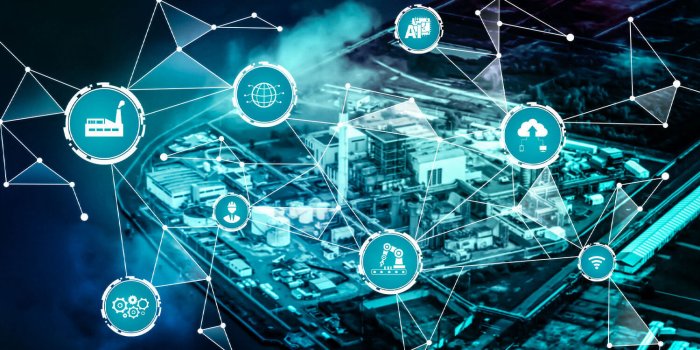Cybercrime is a serious threat to any organization, with data breach costs reaching over USD 4 million on average (Mack, 2021). Companies today face many potential cyber risks each year, and the results can be catastrophic.
Since Internet of Things (IoT) devices often face attacks as soon as 5 minutes after connecting, they can present a severe vulnerability (Jovanović, 2022). The number of devices connected to the internet has skyrocketed and now includes many medical devices, smart home components, and even e-cigarettes.
With the increase in IoT devices, IoT-related cyberattacks have also grown, giving rise to the field of IoT forensics. What does digital forensics mean in the IoT context, and what is its purpose?
What Is IoT Forensics?
IoT forensics is the practice of analyzing IoT devices to investigate crimes. Organizations or law enforcement may hire experts to gather and preserve data when investigating whether hackers used internet-connected devices to commit cybercrimes or examining the source of a security breach.
In some instances, breaches occur due to malicious intent. In other cases, they may result from human error—for example, if an employee shares sensitive information due to a phishing attack. The employee may have had no intention to steal data or harm the company, yet the results of sharing that data accidentally can be just as catastrophic. These phishing attacks cause nearly nine out of 10 data breaches (Cisco Umbrella, 2021).
Cyber forensics can help determine the exact intent and extent of a breach and much more. Typical IoT-related cyberthreats may include:
Continue reading: https://www.eccouncil.org/cybersecurity-exchange/computer-forensics/understanding-meaning-purpose-iot-forensics/
Since Internet of Things (IoT) devices often face attacks as soon as 5 minutes after connecting, they can present a severe vulnerability (Jovanović, 2022). The number of devices connected to the internet has skyrocketed and now includes many medical devices, smart home components, and even e-cigarettes.
With the increase in IoT devices, IoT-related cyberattacks have also grown, giving rise to the field of IoT forensics. What does digital forensics mean in the IoT context, and what is its purpose?
What Is IoT Forensics?
IoT forensics is the practice of analyzing IoT devices to investigate crimes. Organizations or law enforcement may hire experts to gather and preserve data when investigating whether hackers used internet-connected devices to commit cybercrimes or examining the source of a security breach.
In some instances, breaches occur due to malicious intent. In other cases, they may result from human error—for example, if an employee shares sensitive information due to a phishing attack. The employee may have had no intention to steal data or harm the company, yet the results of sharing that data accidentally can be just as catastrophic. These phishing attacks cause nearly nine out of 10 data breaches (Cisco Umbrella, 2021).
Cyber forensics can help determine the exact intent and extent of a breach and much more. Typical IoT-related cyberthreats may include:
Continue reading: https://www.eccouncil.org/cybersecurity-exchange/computer-forensics/understanding-meaning-purpose-iot-forensics/

